Statement by Bank of Russia Governor Elvira Nabiullina in follow-up to Board of Directors meeting on 21 July 2023
Good afternoon,
Today, we have made the decision to raise the key rate to 8.5% per annum.
The economic situation has significantly changed in recent months. First, the recovery stage of economic growth is close to completion, consumer demand is now expanding faster, and staff shortages have become more acute. Second, current inflation, including the increase in prices for stable components, has sped up. Third, the ruble has weakened. Finally, inflation expectations have risen. In such a situation, we have to start tightening our monetary policy in order to bring inflation back to 4% next year.
I would now dwell on the reasons behind our today's decision.
Firstly, price pressure has been intensifying.
Seasonally adjusted monthly price growth continues to speed up, and the increase in the majority of stable components of inflation exceeds 4% in annualised terms.
Higher inflationary pressure is associated with demand in the first place. During the period of the recovery growth in the economy, demand was predominantly driven by the public sector. Today, the demand from the government remains high as well. In contrast, consumer demand was subdued until the end of last year. In early 2023, consumer demand started to expand, partly as a result of rising wages and consumer confidence. In the second quarter, this growth accelerated even more due to a surge in lending. When demand starts to notably exceed the potential to ramp up supply, this inevitably pushes up prices, as companies are unable to commission new manufacturing facilities and hire workers for them instantaneously.
There are vivid examples illustrating such a situation. One of them is a surge in the demand for domestic tourism. In this case, the Russian hospitality industry needs a certain period to adjust to this rapid growth, namely to construct new hotels and create comfortable places for holidays. In addition, carriers’ costs have risen considerably. However, this is the high demand for these services that has enabled companies to pass through these higher costs to prices. I can give another example where rising demand cannot be met in full as the potential to quickly expand supply is limited. This is the automobile market that is analysed in detail in our report Regional Economy.
The expansion of demand is also a factor contributing to a fast recovery of imports. Combined with the contraction in exports, this rebound has become one of the reasons behind the ruble weakening. The recent movements of the exchange rate have not yet passed through to prices in full. In addition to the direct pass-through of the ruble exchange rate to prices, we are concerned about secondary effects that might occur. The dynamics of the exchange rate affect households’ and businesses’ inflation expectations that remain elevated and unanchored. Moreover, they have risen in July. We will be closely monitoring further changes in inflation expectations and consider these trends when making our decisions.
Taking into account all these factors, we have raised the lower bound of our inflation forecast for this year by a half of a percentage point, namely to 5.0–6.5%. The monetary policy pursued will reduce the deviation of inflation from the target and will be aimed at returning it to 4% by the end of the next year.
Secondly, as regards the economy.
The recovery of economic growth is close to completion. It was characterised by high quarterly growth rates of GDP. Such a fast increase is associated with the fact that, during the recovery, companies start to use available resources, workforce and manufacturing capacities that were idle during the downturn. According to our monitoring of enterprises, unemployment has now dropped to a record low, while the utilisation rates of manufacturing capacities have reached peak levels. This also suggests that the recovery will soon complete. After this, the growth rate of the economy normally becomes more balanced and moderate.
The economy has returned to its pre-crisis level overall, except for the oil and gas sector that is subject to tight external sanctions. However, due to the structural changes in the economy, trends significantly vary in certain industries and regions. Most of those that are primarily focused on domestic demand have not only returned to the pre-crisis level, but are even beginning to surpass it. The other part of the economy focusing on exports still has very limited opportunities to completely restore output.
Another important factor impeding a faster increase in output that is affecting all industries, to a greater or lesser extent, is staff shortages. In particular, our monitoring shows that about three-fourths of machine building companies are facing staff shortages. Unemployment has dropped to a new record low. At some enterprises, employees work more than one shift as companies have increased the utilisation of both workforce and manufacturing capacities. The headcount deficit is most acute in the regions recording high economic growth rates. This problem is exacerbated because of workers’ low interregional and intersectoral mobility.
Considering the quick rebound in demand, we have raised our GDP growth forecast for this year to 1.5–2.5%.
Thirdly, with respect to monetary conditions.
Although nominal interest rates, including yields on federal government bonds, have risen since our previous meeting, monetary conditions have been easing overall, predominantly owing to non-price conditions.
This is confirmed by the continuing steady upward trend in lending across all market segments. The expansion in retail lending is particularly fast. Specifically, mortgage lending growth has accelerated to its peak levels recorded in recent years. The faster growth of household loans is driven by rising wages and elevated inflation expectations. Higher inflation expectations are an important factor contributing to an easing of monetary conditions.
Considering these trends, in our revised forecast that takes into account a monetary policy tightening, we have raised our estimate of credit to the economy for this year to 13–17%, which is higher than the average over the past five years.
Now, I would like to speak of external conditions.
The growth rate of the world economy is declining. This is influencing prices for Russian exports, including gas, coal, and fertilisers, that are dropping in the global market. Thus, the sanctions and the economic cycle are both affecting Russian exports. Combined with the expansion of imports, these factors explain the dynamics of the exchange rate we have been observing this year.
Recently, the issue of the ruble exchange rate has been drawing a lot of attention, and I would like to expand on this. We believe that the main factor behind the exchange rate dynamics in June—July is the consequences of the shrinkage in exports over the past several months combined with increased imports. Normally, an exchange rate weakening causes a contraction in the demand for imports, but this has not yet happened. There are two reasons for this. The first one is time lags under contracts. The goods that are now imported to Russia were purchased at the exchange rate as of the dates of the supply contracts signed some time before. The second reason, which is the key one, is that an increase in domestic demand causes a rise in the demand for imports. Considering these factors, the earlier weakening of the ruble is yet another confirmation that domestic demand has surged.
In addition to export and import transactions, the exchange rate was also affected by the flows on the financial account. Specifically, last year, households’ money transfers to foreign accounts increased. Many were wondering how this was affecting the dynamics of the exchange rate. In this regard, I can provide the following comparison. In 2022, the exchange rate was strengthening for the most part of the year, although individuals were transferring significant amounts of funds to their foreign accounts. Compared to the second half of last year, such transfers have decreased nearly twice in the first half of this year and, in 2023, their amounts remain almost the same month-on-month. Other components of the financial account have predominantly declined as well versus the second half of last year, including the operations related to decisions by the Government Commission on Monitoring Foreign Investment that were minimum in May—June. Hence, the factor of capital flows generally has not been the main one for the movements of the exchange rate. The key is the dynamics of exports and imports.
I will now speak of possible risks.
Proinflationary risks have risen notably over the forecast horizon. They include a potential expansion of the gap between demand growth and opportunities to increase supply, partly due to consumer lending growth, that might remain fast, and a further aggravation of the problem of staff shortages. Besides, a more rapid pass-through of the ruble weakening to prices and a possibly long period of elevated inflation expectations are also proinflationary risks. A further worsening of external conditions, including a potential tightening of the sanctions, is yet another material risk.
Disinflationary risks are minor.
Winding up, I would like to comment on monetary policy prospects.
Considering the changes in our assessment of the economic situation, we will need a higher path of the key rate to bring inflation back to its target of close to 4% by the end of the next year. Our revised forecast factors in the adjustment in our estimate of the neutral rate upwards by 0.5 percentage points, namely to 1.5–2.5% in real terms and 5.5–6.5% in nominal terms. The estimate of the neutral rate has been raised due to a higher risk premium for the Russian market and the increase in the external neutral rate.
In our updated forecast, we have raised the average key rate to 7.9–8.3% per annum for the current year and more significantly, specifically to 8.5–9.5% per annum, for the next year. At our subsequent meetings, we admit the possibility of a further increase in the key rate. The percentage of a possible key rate increase will depend on how significantly incoming data will affect our estimate of the developments and the balance of risks to the achievement of the inflation target of close to 4% in 2024.
Thank you for attention.






















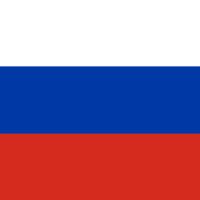
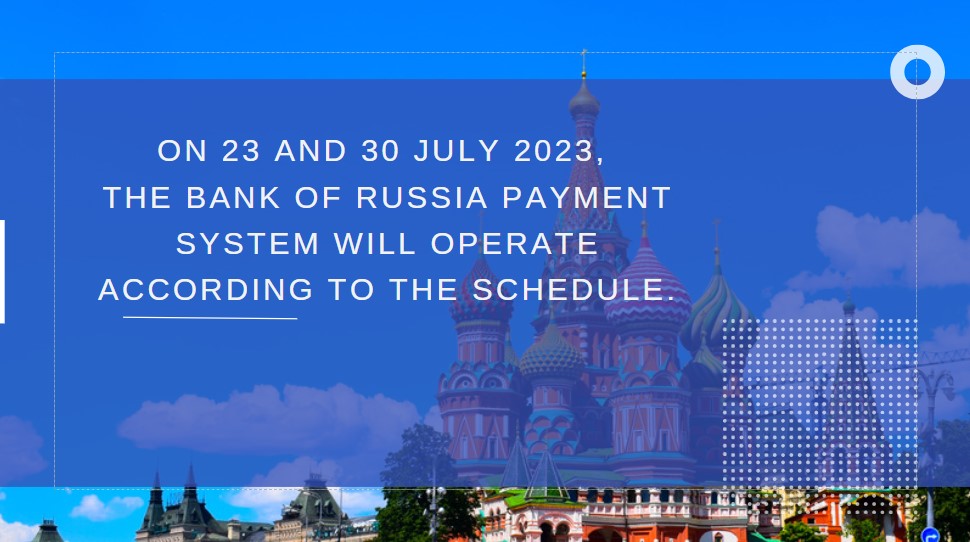
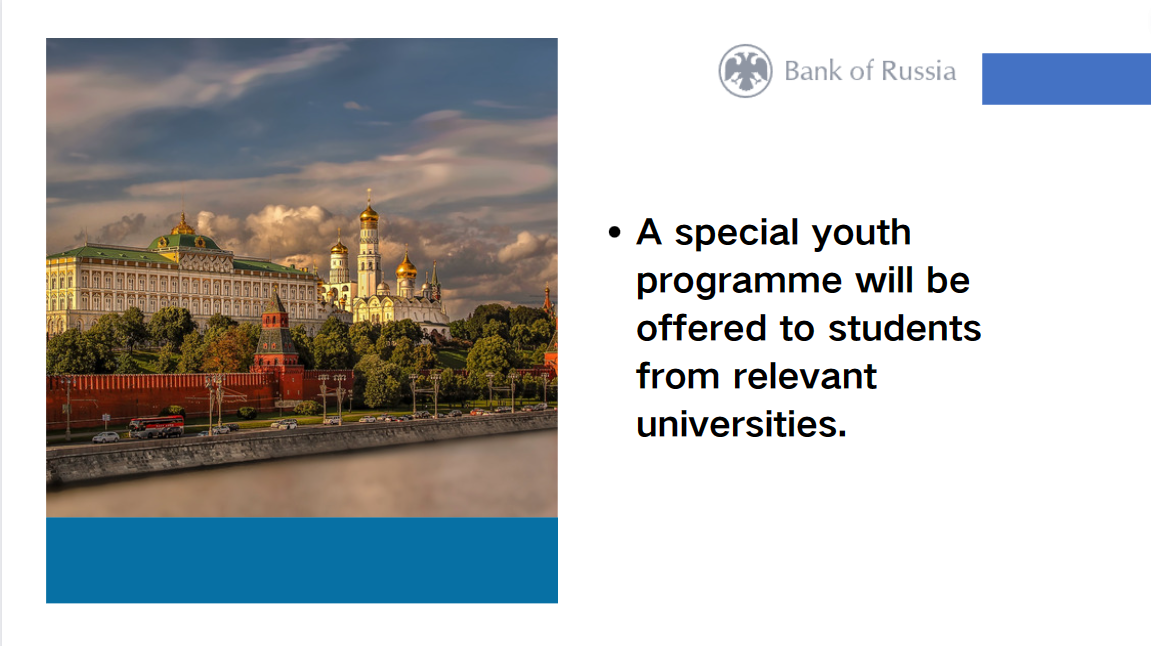
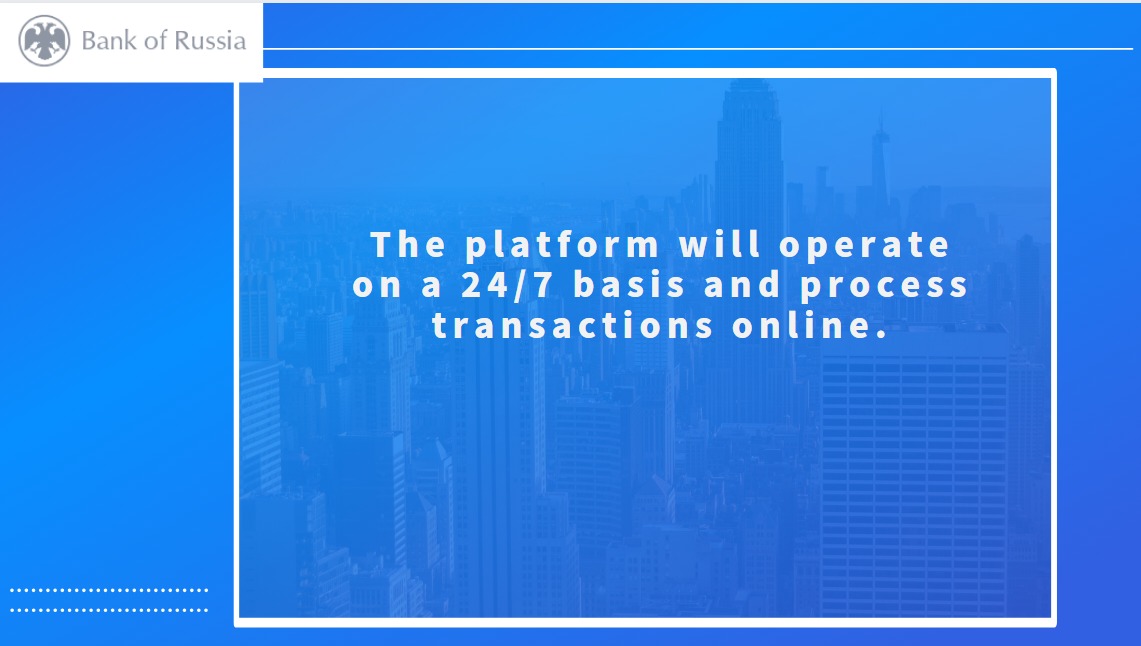
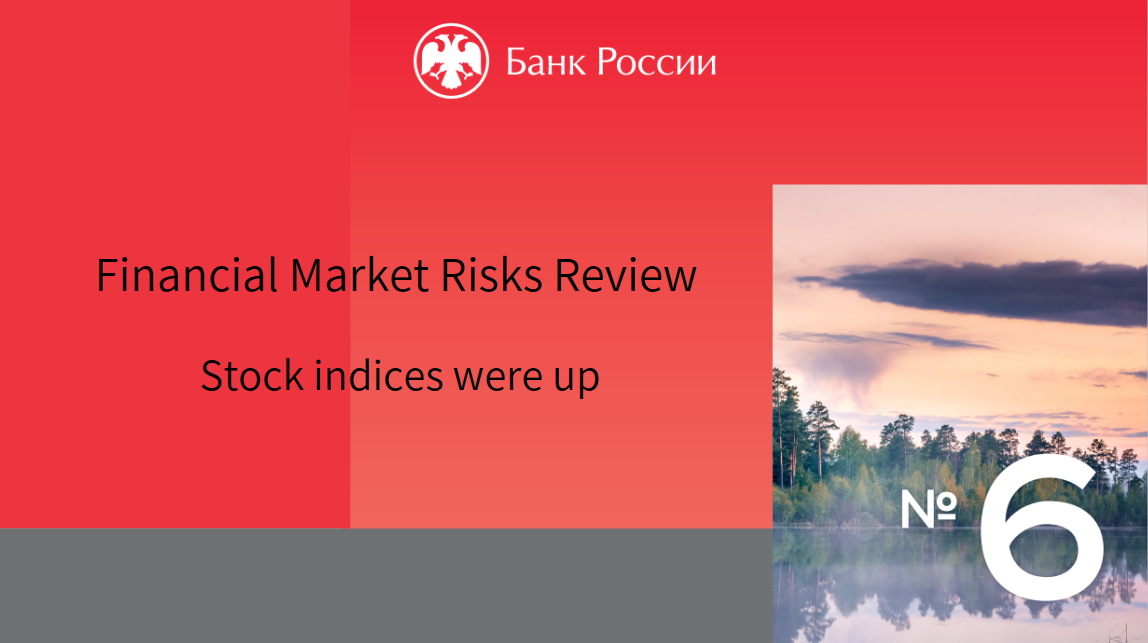




























First, please LoginComment After ~